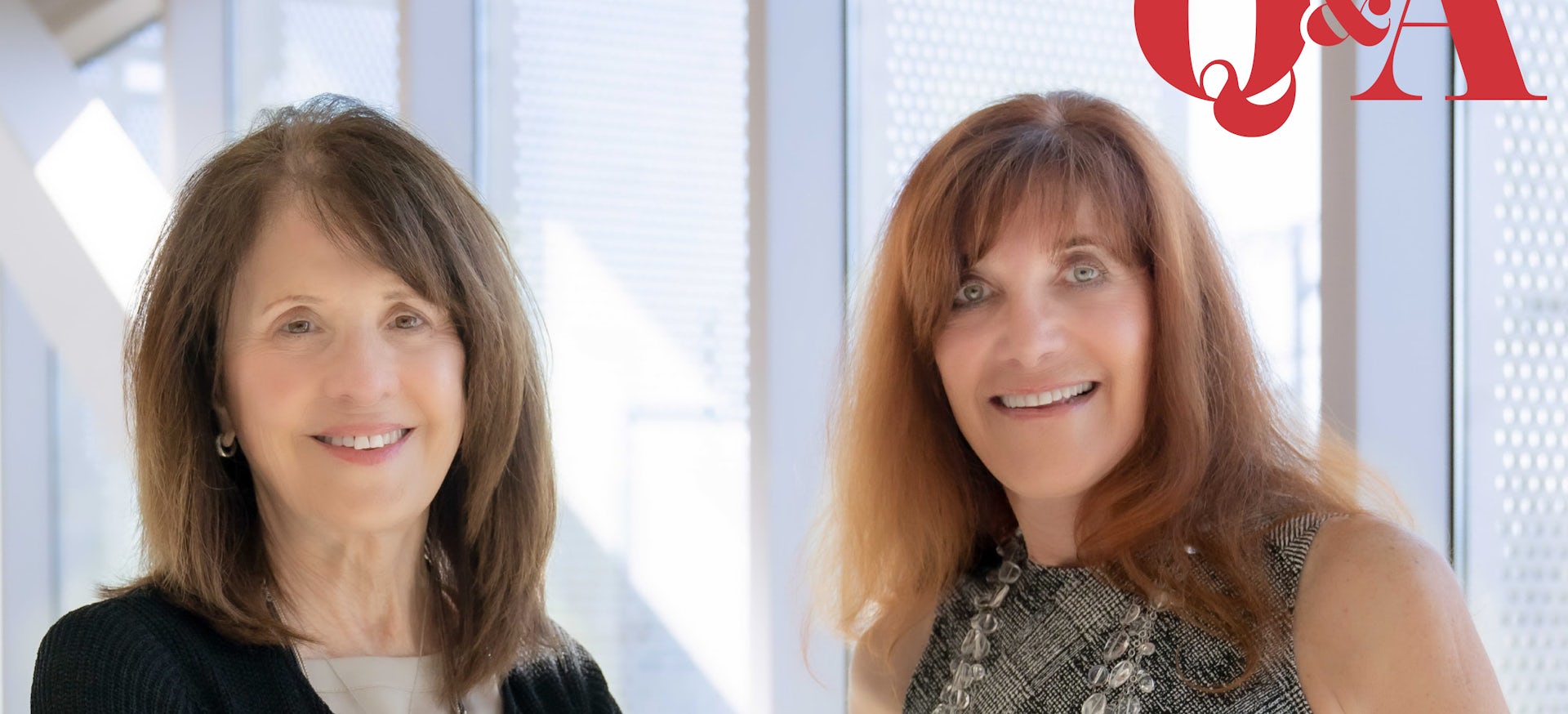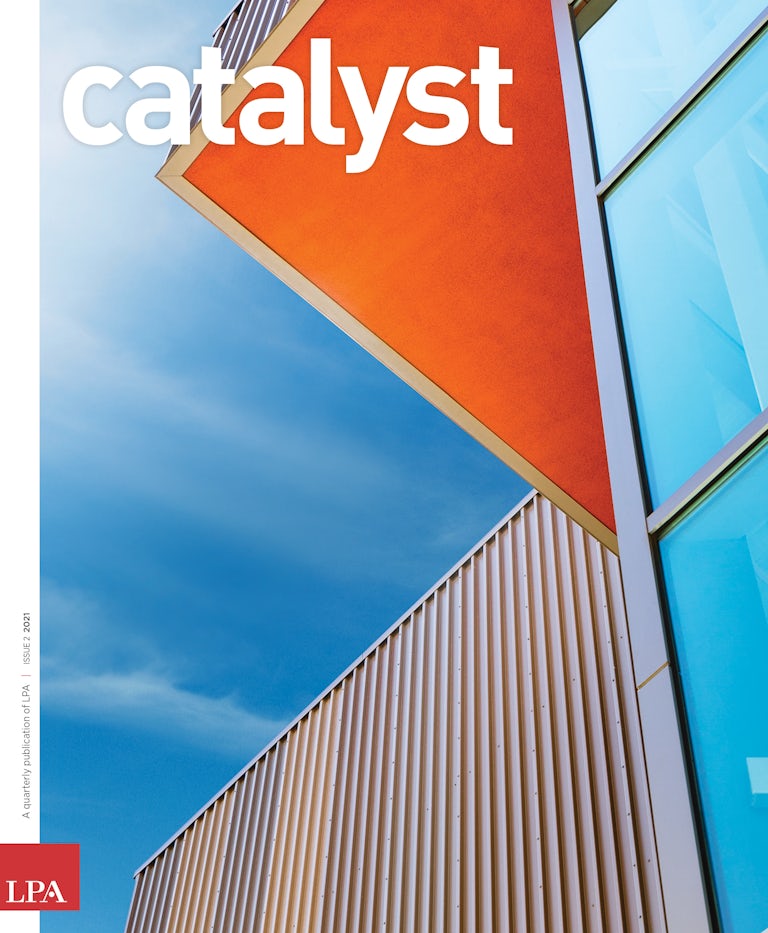As board members of the Orangewood Foundation, a nonprofit providing services to foster and community youth, Susan Samueli and Sandi Jackson were frustrated by the low graduation rates among at-risk high school students. They embarked on a years-long exploration of new education opportunities and best practices developed on campuses around the country, looking for the best approaches to engage students and help them succeed.
The result is the Samueli Academy, a charter school in Irvine, California, focused on nurturing and innovative learning environments. On a campus designed around the mission, the academy emphasizes individual student attention, a staff focused on the whole student, college readiness and project-based learning.
The results tell the story. The attendance rate pre-COVID was 98 percent. Ninety-six percent of students are going to college, and the retention rate in college is 85 percent, almost double the national average.
In an interview with Catalyst, Samueli and Jackson discuss what they learned in the development process and the impact of design on better outcomes.
Anything surprise you about how the kids use the different spaces in the school?
Sandi Jackson: The spaces were guided by LPA from the very beginning. And we’ve been very, very pleased with how the physical spaces turned out. They really enable the kids to collaborate and they enhance our culture, which is one of the big reasons for our success. The environment of safety and the empowerment is there to enable each student, no matter what their background, to achieve life goals.
Now that you’ve had some time to watch the school in action, how do you see the spaces facilitating behaviors?
SJ: We have many collaborative spaces and open spaces and that encourages students to observe other people and observe other classes, as well as gather together.
Susan Samueli: The way the school is designed has, I think, enhanced project-based learning. You’ll see kids in these open spaces during the day and they’ll be working together on projects or discussing their next assignments. The school is such a vibrant place because of the way it was designed.
Q&A: Making a Difference
Philanthropists Susan Samueli and Sandi Jackson are the driving force behind the Samueli Academy, a public charter school focused on a student-centric approach to learning. Their philosophy: “Don’t teach mediocrity.”

Early in your research, you toured other schools. What did you learn?
SS: One of the things was, do not teach to mediocrity. Maybe that was part of the reason we wanted to build such a beautiful school for these kids. We wanted them to feel like they were in a really special place.
SJ: From each school, we learned a little bit about their teaching methods and the spaces that they teach in. We learned that it’s not necessary to have the new buildings, but we learned the strength of it and what it does to the culture and the opportunity that it offers the students.
How did you incorporate your mission into the design?
SJ: I think LPA played a really big part in that. Before we’d even found the land, we started looking into the cost of the school and the possibilities. LPA had such a vast experience in education and innovative education that they really helped a lot. But I think the biggest input was from our students. We interviewed the foster students and we’ve been subsequently interviewing the students that attend the school as we build the new buildings, just to see what we had missed and what we could incorporate into the design and the curriculum.

You were also personally involved in the process. How do you think the design affects the experience in the space?
SS: There’s so many studies that show that what the environment looks like affects learning and your ability to concentrate. I was fortunate that my youngest daughter went to Tarbut V’Torah, which is an LPA-designed school. When we were looking for architects, I was so hoping we could hire LPA because I know the environment my younger daughter was in and it’s such an incredibly beautiful school. There were so many elements of that school that provided some spirituality for the kids, as well as a great learning environment.
SJ: I think one of the surprising things we learned was how important the display areas are for students and for integrating that into the culture of the school. When the kids have success, they really want to display it. And they really want to communicate it to the other students. It just engages everyone.

Any mistakes you saw in other schools that you didn’t want to repeat?
SS: Well, part of the mistake some schools made was taking a large school and making it too small. They wanted to make sure they had small enough classrooms, but they couldn’t include the arts and the sports. We did the same thing with 20 kids in the classroom, and we really wanted to keep the arts and the sports involved. Even though these kids had come from these large schools, they had the arts and the sports, and that was a saving grace for some of the kids.
For us, not teaching them mediocrity was one of the huge components that we kept saying to ourselves. Just because these kids come from backgrounds that are difficult doesn’t mean they can’t excel. And we have found that to be so true.















